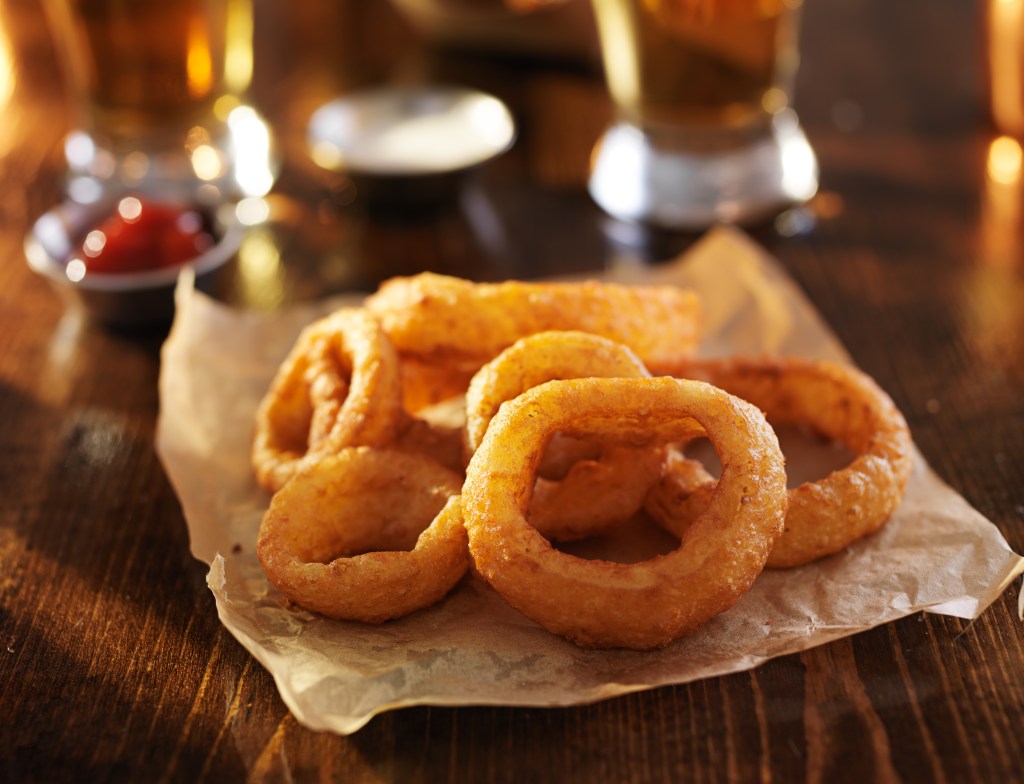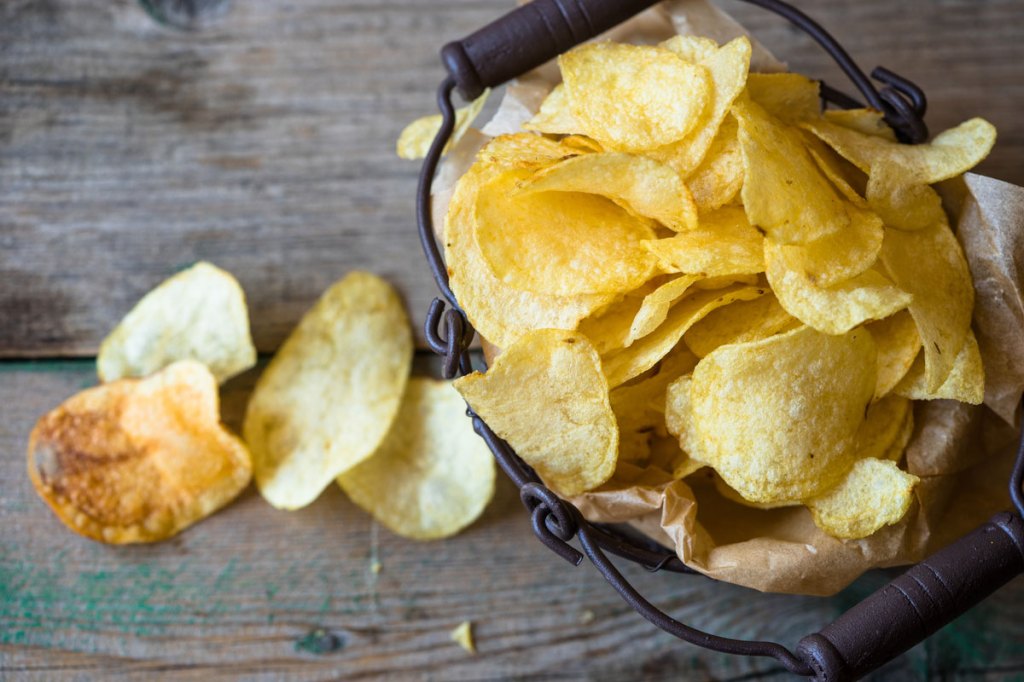Consumer confidence rises despite inflation
Data for the second quarter of 2023 confirm a certain positive trend in the Polish economy. Consumer optimism is on the rise — the latest reading of the Consumer Confidence Index (CCI) for June 2023 broke through the psychological barrier and reached 100.6 points. Thus, an upward trend can be seen, which is also confirmed by the latest reading of the GfK Consumer Confidence Indicator. While the index for July was -3.4 units, it was up 3.3 units from the previous month and is consistently approaching positive.
The assumption that we are already behind the peaks of inflation indications in Poland is also confirmed. According to the Central Statistical Office, the prices of consumer goods and services in June 2023 increased by 11.5% compared to the same month last year. This means that the prices of goods and services remained at the same level compared to the previous month. it shows that inflationary pressures appear to be diminishing, but nevertheless, we are still dealing with high price levels.
This is particularly evident if we look at the sales dynamics of the FMCG basket. According to the latest NielsenIQ data (MAT June 2023), the value of the basket for the cumulative 12 months amounted to 263.5 billion Polish złoty (PLN), representing a 15.2% YoY value growth. What is important is that all of this growth is due to the price factor. In terms of volume sales, overall for the entire FMCG basket we see stagnation, while the food and beverage categories show a volume decline of -1.3%.
“The current market situation favors retail chains that can afford to offer attractive promotions — which deepens the consolidation of the market, especially in channels of most independent trade, which has not always been able to resist the rising costs of doing business. We expect a return to the growth path in terms of volume sales in the near future, as consumers are more optimistic about the current situation than they were six months ago, but saving behaviors will remain with us. Promotions, loyalty programs, stocking up on promotions or buying smaller quantities so as not to waste food — all these behaviors help to manage the household budget and are not only effective in times of crisis.”
Karolina Zajdel, Managing Director NIQ Poland
Unit sales growth: Category winners and losers
Among the largest food categories in the FMCG basket, stagnation or volume declines continue to be seen in alcohol categories. Volume declines are particularly evident in the beer category — down 4% in volume terms (Sales Units Eq.) over the last cumulative 12 months (MAT June 2023) — and vodka (with volume down 6%). The data continues to show volume declines in products such as sugar (-12%), flour (-8%) and edible oils (-7%); however, this stems from the reference to the high base last year, when many consumers were buying these types of products to help refugees from Ukraine. In the chemical and cosmetic basket, one can observe a volume decrease in the category of household chemical products. Categories such as cloths and mops (-5%), toilet cleaners (-8%), detergents (-8%), or dishwasher products (-6%) have lower YoY sales as fewer and fewer people work remotely from home and consume less of these types of products.
There are several categories where we have seen significant volume increases, including plant-based milks (+16%). As mentioned earlier, this is a category where health-promoting values, product features are more important to consumers than price. But it is also a category in which private label products have a significant share, and these products are largely behind the category’s growth. Some other fast-growing groups of products are vitamins (+11%) and sugar substitutes (+9%), which may be related to the intensification of pro-health trends and to consumers’ growing concerns about their health. We are also seeing an increase in sales of the snack category, especially muesli bars (+25%), and in the chemical and cosmetic basket, primarily the face color cosmetics category (+12%) and lip make up (+20%).
Location is vital for value sales
As for the value sales location, we still observe an increase in the importance of the discount store channel in both baskets: +2.6% in the grocery basket and +1.2% in the chemical and cosmetics basket. In both cases, this means a slight acceleration of the dynamics compared to the readings for the first quarter of 2023. Such a trend is due to the fact that in times of crises or difficult financial periods for consumers, we can see a strong turn to cheaper products — in particular, to private label.
As we mentioned in the previous edition of State of the Nation, according to the NielsenIQ Shopper Trends 2023 report, 34% of shoppers say they are buying more private label than in the previous year. This translates into an increase in spending in Discounters, with 67% of Shopper Trends survey respondents declaring that they spend the most at Discounters (compared to 60% in the survey a year earlier).
Of the important sales location trends, it is still worth mentioning the consistent decline of Small Format stores. This is particularly evident in the grocery and beverage categories, where the decline in small format value sales amounted to -2.6% on the MAT June 2023 cumulative period. This is due not only to the aforementioned transfer of purchases to discounter chains, but also to the absolute declining number of small format, primarily Small Food Stores, Kiosks and Liquor Stores — almost 2,300 Small Food Stores disappeared from the market during the year (January 2022 to January 2023, -5%).



